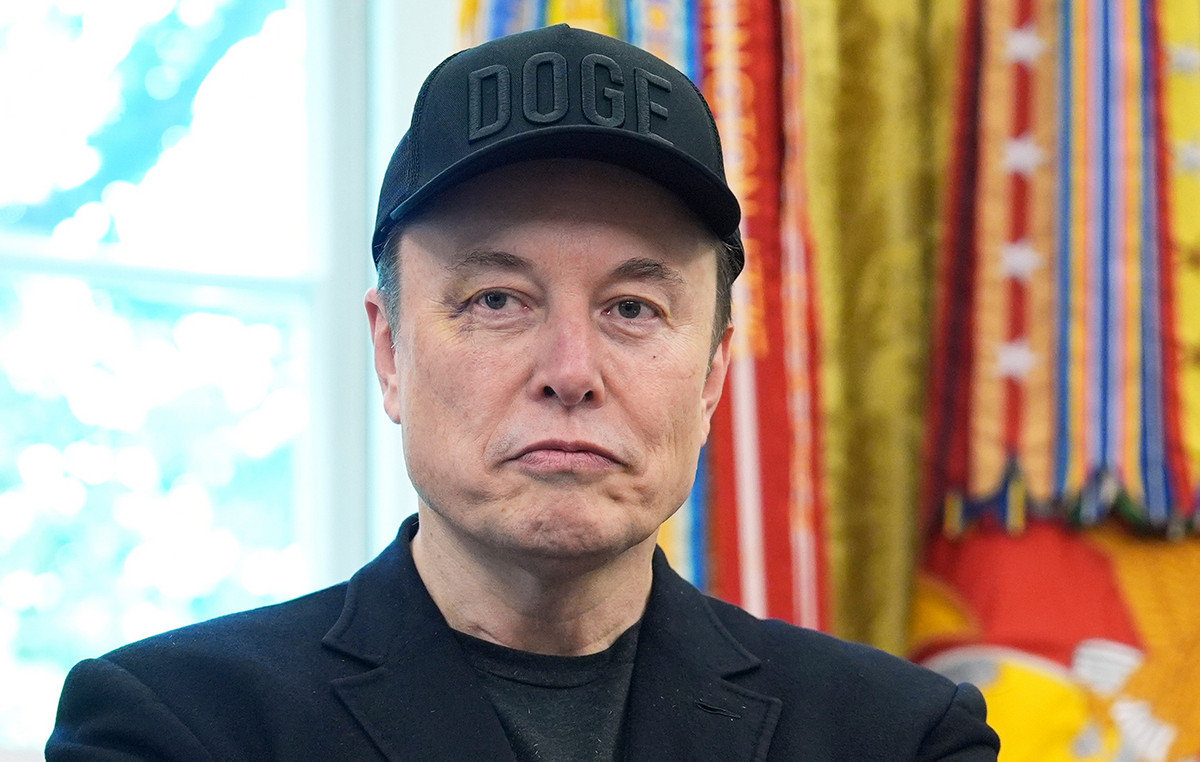New York City has detected poliovirus in sewage, according to state and local health officials, suggesting likely local circulation of the polio virus. This is not surprising, as last month a case of the disease was confirmed in a resident of Rockland County — just outside the city.
As the state’s health commissioner, Mary T. Bassett, said, “For every case of paralytic polio identified, hundreds more may go unnoticed.”
This follows the virus being found in sewers in two neighboring New York City counties – Rockland and Orange County from samples collected in May, June and July.
While no other cases of polio have been reported in the US so far, a senior official at the US Centers for Disease Control and Prevention (CDC) said Wednesday that this is “just the tip of the iceberg”, suggesting it “should there are several hundred cases circulating in the community.”
This is a serious situation. Polio—a disease eliminated in the US in 1979, is now being detected in three locations across the country.
“Polio is entirely preventable and its reappearance should be a call to action for all of us,” said New York City Health Commissioner Ashwin Vasan.
Polio is a vaccine-preventable disease and these latest developments should be a wake-up call for all of us. Unfortunately, places like Rockland County have an incredibly low polio vaccination rate; 60.5% of two-year-olds are vaccinated compared to the state average of 79.1%.
Vaccination against polio
The vaccine to fight the disease was, in fact, one of the most celebrated injections in history. Church bells rang across America and people flooded the streets to celebrate with parents hugging their children in relief when the results of the vaccine’s field trial were announced in 1955 (this is similar to today’s pharmaceutical companies releasing press releases to the press about their vaccine efficacy data).
The celebration was justified; through vaccination, the US eliminated wild or natural poliovirus more than 40 years ago.
As a parent of three children, I cannot imagine living under the terrifying threat of polio potentially infecting my children.
Before a polio vaccine became available, some parents were hesitant to let their children out for fear of being exposed, especially in the summer months when the disease seemed to peak.
If we take a trip down memory lane, the worst polio epidemic recorded in the US occurred in 1952, when 58,000 cases were reported. More than 21,000 people were left with mild to disabling paralysis (most victims were children) and more than 3,000 people died. What was once a crippling disease has been thwarted by mass vaccination.
The polio virus is highly contagious and spreads through person-to-person contact (most commonly through contact with the poop of an infected person).
Although most infected people do not experience any symptoms, about one in four people develop flu-like symptoms and a much smaller fraction of people (less than one in 100) develop more severe symptoms, including paresthesia (tingling sensation in the legs), meningitis (infection of the lining of the spinal cord and/or brain) and paralysis.
Among those paralyzed, 5% to 10% die when the virus affects their respiratory muscles.
In the past, even those who recovered faced lifelong challenges. The World Health Organization reported on some of the consequences of the disease: deformed limbs meant that many needed orthotics, crutches or wheelchairs, and some needed to use breathing devices like the iron lung, an artificial respirator invented to treat polio patients. .
To add insult to injury, some children developed post-polio syndrome decades later, which can include muscle weakness, joint pain, and feelings of mental and physical fatigue.
But then came the polio vaccine, which provided high levels of protection, and through our herd immunity, we were able to ward off the virus (although pockets of vulnerability remain in our communities where there are low vaccination rates).
Wild poliovirus remains endemic in Pakistan and Afghanistan. Although polio cases have declined by nearly 99% worldwide, the virus remains at large in these two countries and the threat of imported polio cases continues to exist.
During my 2018 trip to Pakistan, I spoke with officials at the National Institute of Health of Pakistan about the importance of biopreparedness for emerging and re-emerging infectious disease threats.
I remember driving through the ancient city of Multan, where, most recently, thousands of Pakistani children were vaccinated against polio in 2020, and thinking about how difficult vaccination efforts are in many of these remote areas.
It is therefore no surprise when public health officials are concerned when polio is diagnosed or detected in wastewater surveillance, signaling that a larger local outbreak is taking place.
The risk to the public is low, as most people are protected from childhood polio vaccines. However, people most at risk of infection include those who are unvaccinated or undervaccinated.
London faces similar concerns as New York; poliovirus was discovered in the city’s sewer in June. The UK Health Safety Agency (UKHSA) has responded with an unprecedented move, and underlining the urgency of the situation: around 1 million children under 10 in London will receive polio booster shots as a precautionary measure.
According to Vanessa Saliba, a consultant epidemiologist at the UKHSA, “the areas of London where the polio virus is being transmitted have some of the lowest vaccination rates”.
These latest polio incidents are not one-off events. Immunization coverage is falling across the world, and the wall of immunity that previous generations built is slowly being destroyed.
The mistrust in the vaccine that has grown unjustifiably with the Covid-19 pandemic is only driving more people to choose not to vaccinate or not to vaccinate themselves and their children. Others may have paused or delayed vaccination programs due to disruptions caused by the pandemic.
The latest World Health Organization report shows that global immunization coverage – including the polio vaccine and several others, such as measles and rubella – has dropped from 86% in 2019 to 81% in 2021.
As the WHO says, “As long as a single child remains infected with poliovirus, children in all countries are at risk of contracting the disease. Poliovirus can be easily imported into a polio-free country and can spread rapidly among unimmunized populations. ”
Polio should have been a disease relegated to the pages of our history books. It’s human behavior and the choices we make that keep it from becoming another lasting public health success story.
Source: CNN Brasil







